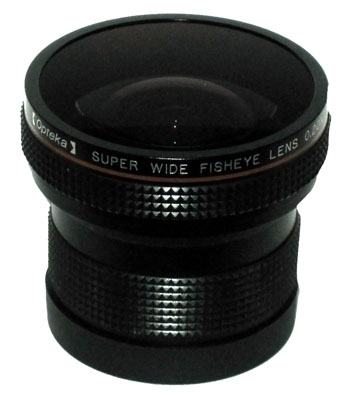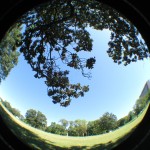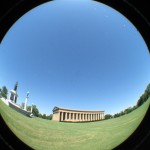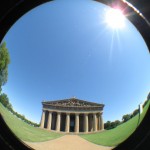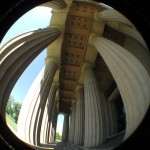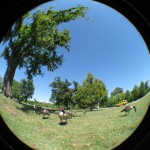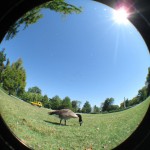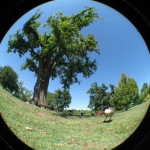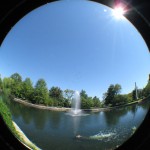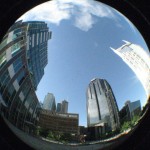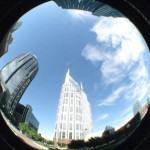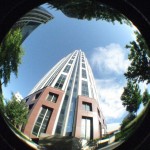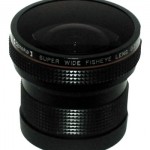“There are eight ways to put a slide in a slide projector. Seven of them are wrong.” — traditional planetarium wisdom
There aren’t really too many ways to make the visuals for a slide-based planetarium show. Take some photos, make some art, and turn it all into 35mm slides. Make sure the backgrounds are nice and dark, and arrange it all in slide projectors to make it look good. Special effects and video if you’ve got it. Add in some programming for whatever automation system you happen to have (or just turn the knobs and dials yourself live), and you have a show.
I’m clearly oversimplifying, and it’s not as if any of those individual steps are actually simple in practice. Producing a slide-based show can take a lot of work and experience. But the path you take to get there is pretty clear and not too different from dome to dome: somewhere along the way, someone has to make some slides.
But then there’s fulldome. How many ways are there to put pixels on a dome? Think about that one for a minute. Yikes.
You’ve got your realtime systems. Digistar, Sky-Skan, Mediaglobe, Digitarium. Pre-rendered? You’ve got Adobe After Effects, with fulldome warping plugins from at least three or four different suppliers. Going full-blown 3D modelling? Maya, Lightwave, 3ds Max, Blender? Then how does it get to the dome? Six or more projectors? Two? One in the center, or one aimed at a curved mirror? So many options, so little time and such tiny budgets! How can such a far flung group like us planetarians hope to learn from each other, especially when there are so many different paths to choose?
That’s where this site comes in: my goal is to bring together tips, tricks, and tutorials to anyone interested in planetarium show production, regardless of the technology. In order for this site to succeed, I need your help. Yeah, you. If you’ve got something to share, tell me about it! Video tutorials, project files, just some general wisdom? All is fair game – even tips for, yes, slide production, or hints on improving your live star talk.
More coming soon!
Drew
P.S. Don’t try to think too hard about the name Newton’s Cannon. I bought the domain name years before I had any idea what to do with it. I saw it was available and had to own it. I’m still a physics geek at heart.
